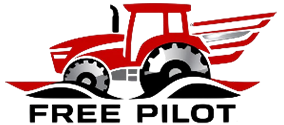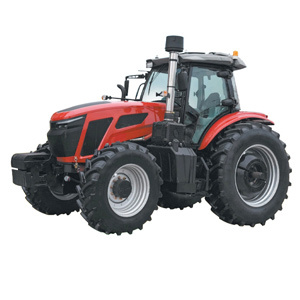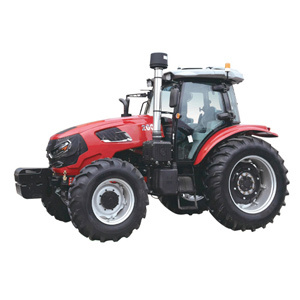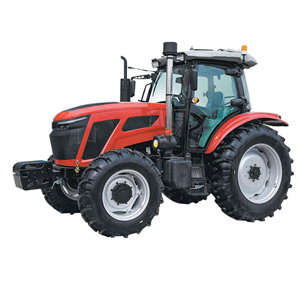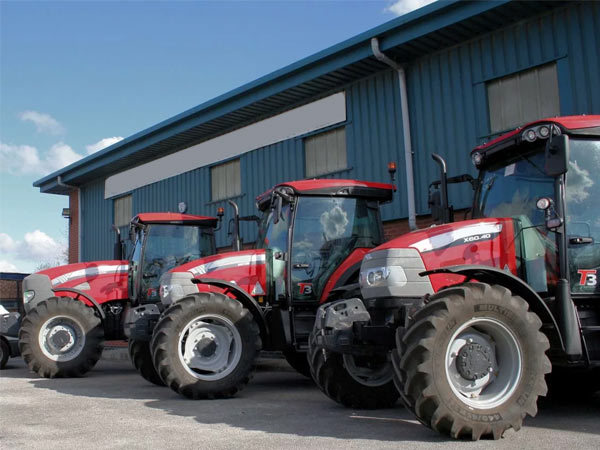Providing you with a one-stop solution for tractors
The difference between a tractor and a car
Release time:
2025-05-12
Tractors are used for heavy-load tasks such as agricultural traction and fixed operations, with a maximum speed usually less than 40km/h; cars focus on personnel/cargo transportation, and can reach more than 100 kilometers per hour.
1. Differences in power systems
Engine Types and Characteristics
Fuel and ignition method: Tractors generally use diesel engines, which are ignited through compression ignition, with simple structure, high thermal efficiency and high torque; cars mostly use gasoline engines, rely on spark plugs to ignite, which is light in weight and high speed.
Torque and Power Design: The crankshaft arm of the tractor engine is longer, and a single cylinder can output high torque (such as the torque of a 15-25 horsepower tractor is comparable to that of a four-cylinder car), but the power is only 60%-70% of that of a car with the same displacement; the car engine is optimized for high-speed performance, with higher power but less torque.
Durability Standard: The tractor engine is calibrated for power for 12 hours of continuous operation, and the car is calibrated for only 15 minutes, reflecting the tractor's adaptability to long-term heavy loads.
Heat Dissipation System
The tractor adopts an evaporative cooling system, and the water tank is designed to evaporate heat when boiling, allowing continuous operation; the car relies on a forced circulation water cooling system, and the boiling of the coolant will cause gas resistance, so the car must be stopped and the cooling must be cooled down.
2. Transmission and driving structure
Transmission Design
The tractor gearbox has an extra-large reduction ratio (such as the gear set amplifies torque by dozens of times), which is suitable for low-speed heavy loads; the car transmission focuses on a wide speed ratio range, balancing acceleration and high-speed cruising.
Chassis and suspension
The tractor chassis adopts a rigid riveted box, no suspension system, and the front axle can rotate to adapt to complex terrain; the car chassis (especially passenger cars) mostly adopts load-bearing bodies or independent suspension to improve high-speed stability and comfort.
Tractor tire design: small front wheels (steering), large and thick rear wheels (load bearing and traction); car tires are uniform in specifications, focusing on grip and quietness.
3. Usage scenarios and performance
Functional positioning
Tractors are used for heavy-load tasks such as agricultural traction and fixed operations, with a maximum speed usually less than 40km/h; cars focus on personnel/cargo transportation, and can reach more than 100 kilometers per hour.
Noise and Control
The tractor has intermittent and loud noise due to single-cylinder diesel engines, exposed designs and lack of sound insulation; the car has achieved silence through technologies such as multi-cylinder balanced ignition and engine compartment sound insulation cotton.
4. Economy and maintenance
Fuel efficiency: Diesel engines have higher thermal efficiency, but the tractors consume significant fuel in high speed reduction ratio and low-speed operation; gasoline engines and cars are more fuel-efficient in high-speed working conditions.
Maintenance Complexity: The tractor has a simple and durable structure and low maintenance cost; the automotive electronic system is complex and has higher maintenance requirements.
Summary: Tractors are “low-speed strongmen” and cars are “high-speed all-rounders”. The differences between the two stem from different choices on torque, speed and durability.
